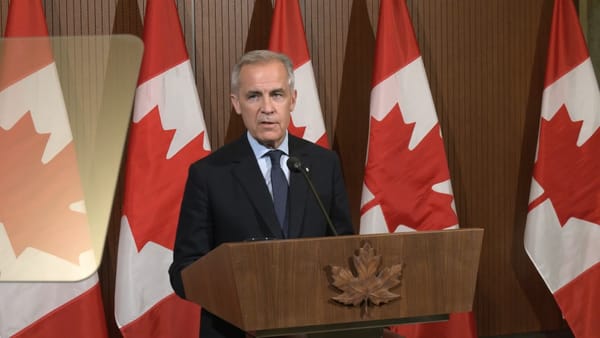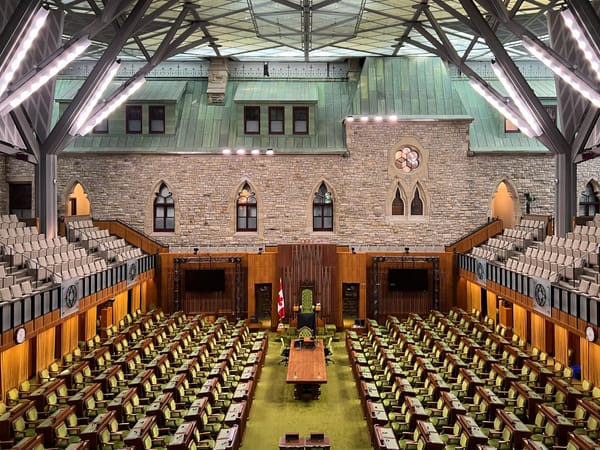CBC Has Silenced Its Comment Sections — And That Tells Us Everything

There’s something profoundly revealing in the little things an institution chooses to control.
A few years ago, the CBC quietly disabled the comment sections on all of its YouTube content. No formal announcement. No invitation for public discussion. Just a silent act of editorial gatekeeping—transforming what should be a platform for dialogue into a one-way monologue from broadcaster to viewer.
To many casual observers, this might seem like a minor or even practical decision. After all, comment sections on social media can be messy, even hostile at times. But dismissing this as a simple matter of moderation misses the bigger picture. This choice, made by our publicly funded broadcaster, reflects a deep cultural shift—a growing unwillingness among Canadian institutions to tolerate dissent, or even acknowledge the existence of viewpoints that challenge their narratives.
The CBC is not just another media company. It is a publicly funded institution, created to reflect and engage with the people of Canada. Its mandate is to inform, to educate, and to represent the diverse perspectives of this country—not to preach to them. When a national broadcaster shuts off all comments on a platform as widely used and accessible as YouTube, the message is unmistakable: “We’re not interested in what you think.”
And that message is dangerous.
In a healthy democracy, public feedback—however messy, imperfect, or unfiltered—is not just a nuisance to be managed. It is essential. It allows citizens to feel heard, keeps institutions grounded, and creates a sense of mutual accountability. Even if comments are critical or contentious, they provide insight. They force media outlets to reflect on their tone, their framing, and their blind spots. They are a barometer of public sentiment—and the CBC has chosen to break the thermometer.
You’d think that, at the very least, a media organization so concerned with “understanding Canadians” would see value in observing how its content is received. But when feedback doesn’t align with institutional narratives, the temptation to simply shut it down becomes all too strong.
What’s most troubling is how normal this kind of top-down behavior is becoming in Canada.
Whether it’s government ministries pre-screening questions at press conferences, universities enforcing ideological conformity, or media organizations filtering public discourse to maintain a certain consensus, we are witnessing a subtle but steady shift away from open dialogue and toward managed perception.
This is not how a confident society operates.
A confident society listens—even when it disagrees. A confident broadcaster engages—even when it’s challenged. But when public institutions begin insulating themselves from criticism, dismissing dissent as “disinformation” or “toxicity,” they start behaving less like stewards of public trust and more like guardians of orthodoxy.
This should matter to everyone, regardless of political persuasion. Because once institutions become comfortable ignoring feedback, it’s only a matter of time before they begin ignoring the people themselves. When you remove the ability to respond, to push back, to question—you also remove a piece of what makes a democratic culture resilient.
Some will say: “Well, it’s just YouTube comments.” But that’s a deeply unserious view. Yes, comment sections can be chaotic, but they are also among the few remaining public forums where unfiltered responses to media can still be seen in real time. In an era where the “public square” has moved online, turning off that square—especially from a publicly funded institution—is not a small act. It’s a choice to abandon the very principle of reciprocal engagement.
And it’s happening at a time when trust in media is already fragile. According to several surveys over the past few years, Canadians—especially younger generations—are increasingly skeptical of legacy media, including the CBC. Instead of addressing this skepticism through transparency and engagement, CBC has responded with silence and control. That is not a path to rebuilding trust. It’s a fast track to irrelevance.
It also raises a very legitimate question: Why are taxpayers funding an institution that seems so uninterested in hearing from them?
If you believe that public broadcasting should serve the public, then the CBC’s refusal to even observe public reaction on a platform like YouTube is not just a technical issue—it’s a betrayal of purpose.
It would be one thing if CBC were merely disinterested in online debate. But the blanket disabling of comments suggests something more serious: a fear of accountability. A fear of losing control over the narrative. A fear that, when confronted with raw, unscripted public reaction, the editorial choices might not stand up so well.
This isn’t a slippery slope argument. We’re already on the slope.
When major public institutions begin walling themselves off from criticism, when they stop listening, and when they show contempt for the very public that funds them—we should not shrug. We should ask why. We should ask what this says about where Canada is headed, and who gets to speak in that future.
The CBC had a chance to model transparency, openness, and trust.
It chose silence.
And that tells us everything.





